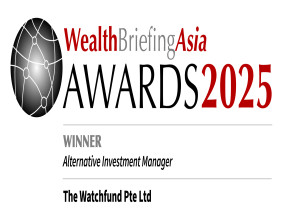Highlights
- Institutional shareholding in BrightSpire Capital remains elevated, reflecting broad market engagement.
- The company maintains a focus on commercial real estate credit and preferred equity strategies.
- Dividend payouts continue, with yield levels placing it among best dividend stocks by income metrics.
Elevated Institutional Activity in Recent Period
During the latest quarter, MetLife Investment Management LLC expanded its position in BrightSpire Capital (NYSE:BRSP). Additional activity was noted from firms such as Winthrop Advisory Group LLC and Fermata Advisors LLC, which initiated new positions. The total shares held by institutional entities continue to reflect substantial engagement, with more than half of the outstanding stock attributed to these types of firms. This consistent involvement aligns with broader movement toward what many market participants classify as best dividend stocks.
Share Price Volatility in Broader Range
BrightSpire Capital’s share performance has shown fluctuations across a defined range over the past year. Opening at a mid-range value recently, the stock has moved within broader boundaries, reflecting underlying sentiment shifts and market dynamics within the commercial real estate sector. Despite this volatility, market engagement has persisted across a spectrum of institutional strategies, sustaining attention toward best dividend stocks.
Dividend Yield and Market Standing
The company continues to maintain regular dividend distributions. Its annualized yield level places it among best dividend stocks based on return-to-shareholder metrics. Even amid a fluctuating share price range and broader market dynamics, BrightSpire Capital has retained a distribution strategy that appeals to income-focused portfolios. The trust structure and commercial asset exposure serve as foundational components of its ongoing dividend performance.
CRE Investment Trust Structure Supports Strategy
As a credit-focused commercial real estate trust, BrightSpire Capital allocates capital across debt and preferred equity investments. This model allows for structured exposure to various property types while maintaining an emphasis on income generation. Such characteristics contribute to its inclusion in discussions around best dividend stocks across various institutional frameworks.




